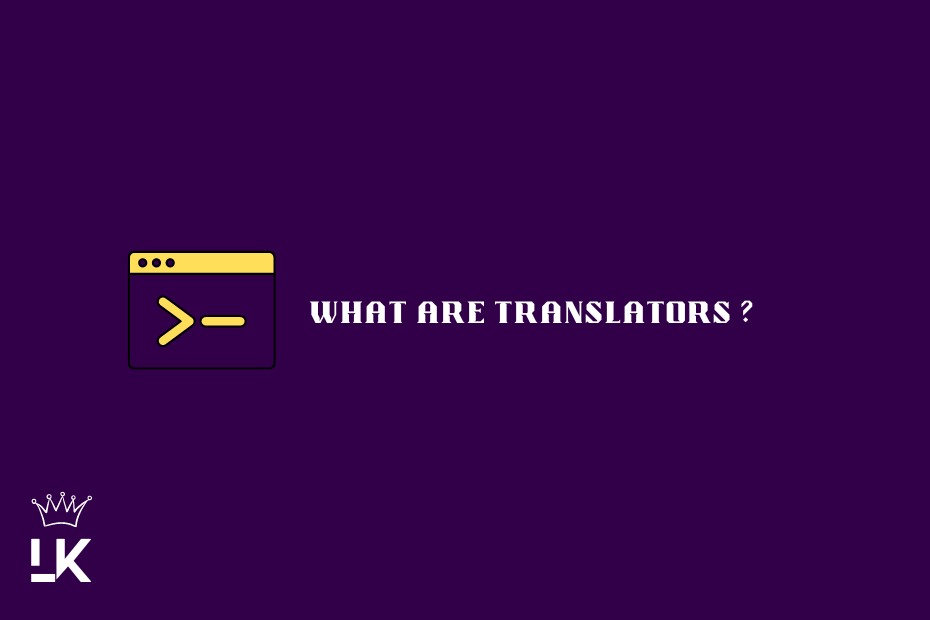Translators: Transforming Source Code into Machine Language
One of the most important components of a compiler is the translator.
In this article, we'll explore what translators are and how they work within the context of compiler design.
What are Translators?
Translators are software components that convert high-level source code into machine-readable code, such as assembly or machine language.
They are a crucial part of the compiler design process, as they enable computers to understand and execute code written by humans.
Translators come in different forms, including lexical analyzers, syntax analyzers, and code generators.
Lexical Analyzers:
Lexical analyzers, also known as lexers or scanners, are responsible for breaking down source code into a series of tokens. Tokens are small, meaningful units of code that represent operations, values, or keywords. Lexers work by scanning the source code for keywords, symbols, and other elements and then categorizing them into tokens.
Syntax Analyzers:
Syntax analyzers, also known as parsers, are responsible for checking the source code for proper syntax. They use the tokens generated by the lexer to build an abstract syntax tree (AST), which represents the structure of the source code. The parser checks the syntax of the source code by comparing it to the grammar rules defined in the compiler. If the source code contains syntax errors, the parser will flag them and provide information on the location and type of the error.
Code Generators:
Code generators are responsible for converting the abstract syntax tree into machine-readable code. They use the information contained in the AST to generate code that can be executed by the computer's processor. Code generators can generate code in various formats, including assembly, machine language, or even higher-level programming languages.
Advantages of Translators:
Translators provide a number of benefits in the compiler design process, including:
Improved Source Code Readability: By converting high-level source code into machine-readable code, translators help improve the readability of the source code. This makes it easier for developers to understand, debug, and maintain the code.
Improved Source Code Portability: Translators enable developers to write code in a high-level programming language, which is portable across different platforms. This means that code written on one platform can be easily ported to another, without having to make significant changes.
Improved Source Code Performance: By converting source code into machine-readable code, translators can help improve the performance of the code. This is because machine-readable code is typically faster and more efficient than high-level code.
Improved Code Maintenance: Translators help improve the maintainability of the code by enabling developers to write code in a high-level programming language that is easier to understand and maintain than machine language.
In conclusion, translators play a critical role in compiler design, as they enable computers to understand and execute high-level source code.
By breaking down source code into tokens, checking syntax, and generating machine-readable code, translators help improve the readability, portability, performance, and maintainability of the code.
As the demand for software continues to grow, the importance of translators in compiler design will only continue to increase.
Reference Books
Here are the books I’ve used as references for writing this article,
please feel free to read them If you don’t want your knowledge to be
limited to this article alone.

Post a Comment